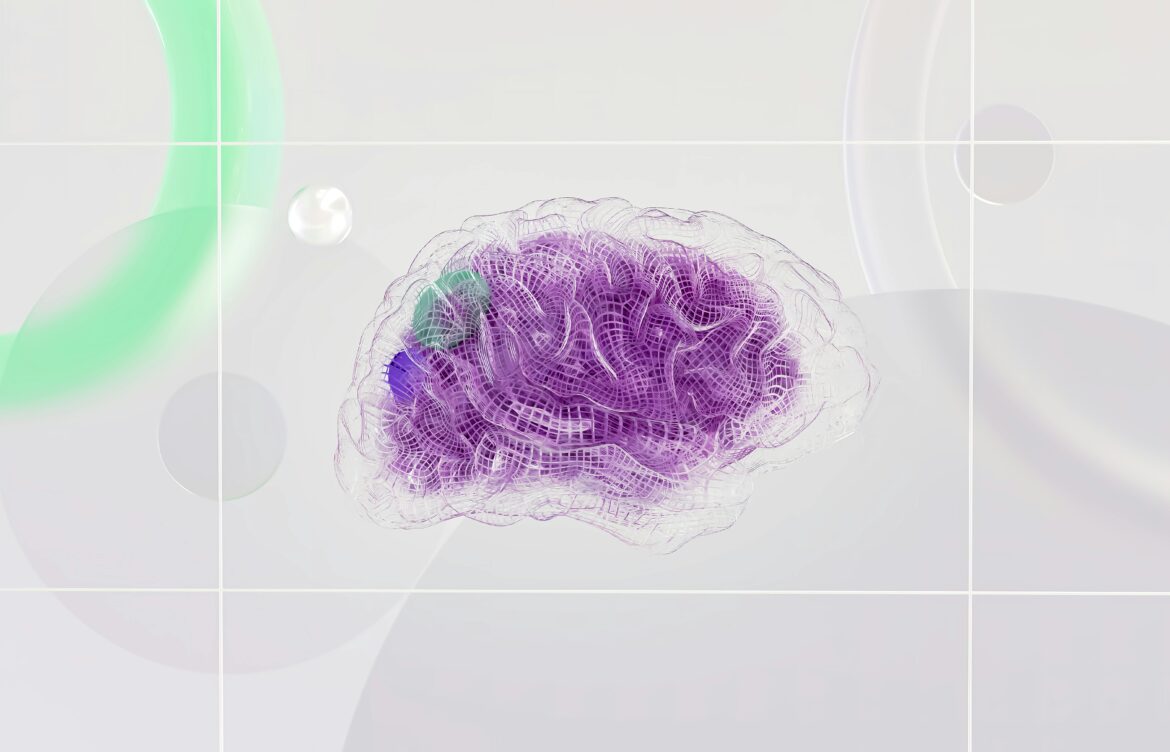
The Link Between Stress and the Immune System: How Chronic Stress Makes You Sick
Stress doesn’t just make you feel overwhelmed—it physically alters your body’s ability to fight illness. This comprehensive guide examines the science behind stress-induced immune dysfunction, explains why short-term and chronic stress have opposite effects, and provides evidence-based strategies to protect your health.

Key Facts: Stress and Immunity
By the Numbers
- 3 days of chronic stress reduces immune cell activity by 30-40% (Brain, Behavior, and Immunity, 2023)
- People with high stress are 2x more likely to catch colds (Psychosomatic Medicine)
- Chronic stress accelerates immune aging by 4-6 years (PNAS, 2024)

How Stress Timing Changes Its Effects
| Stress Duration | Immune Impact | Example |
|---|---|---|
| Acute (minutes-hours) | Immune boost | Fight-or-flight prepares for injury |
| Subacute (days) | Mixed effects | Post-surgery recovery |
| Chronic (weeks+) | Significant suppression | Caregiver burnout |
The Biological Pathways
1. The Cortisol Rollercoaster
- Short-term: Enhances neutrophil/macrophage activity
- Long-term:
- Reduces lymphocyte production
- Shrinks thymus gland (T-cell factory)
- Increases inflammatory cytokines
2. Sympathetic Nervous System Overdrive
- Norepinephrine suppresses natural killer cell activity
- Blood flow shifts deprive lymphoid organs of oxygen
3. The Gut-Immune Axis Breakdown
- Stress alters gut microbiota in <24 hours
- Reduces secretory IgA (gut’s first defense) by 50%
Visual Model:
Stress → HPA Axis Activation → Cortisol Release → Immune Cell Apoptosis → Inflammation ↑ → Infection Risk ↑

Stress-Specific Immune Impacts
1. Viral Vulnerability
- Herpes viruses (cold sores, shingles) reactivate 3x faster
- COVID-19 antibodies fade quicker in stressed individuals
2. Bacterial Defense Collapse
- Wound healing slows by 40% in caregivers
- Dental abscesses increase 57% during exam periods
3. Autoimmune Flares
- RA, lupus, MS symptoms worsen with stress
- Molecular mimicry increases when stress opens gut barrier
Who’s Most Vulnerable?
High-Risk Groups
- Healthcare workers (75% show immune suppression markers)
- Single parents (2.5x higher sick days)
- Mistrustful personalities (chronic low-grade inflammation)
Protective Factors
✔ Strong social support (boosts IgA)
✔ Regular nature exposure (lowers inflammatory IL-6)
✔ Sense of control (reduces stress-induced neutrophil priming)
Evidence-Based Protection Strategies
1. Stress-Reduction That Actually Works
| Method | Immune Benefit | Time Commitment |
|---|---|---|
| MBSR (Mindfulness) | 20% more CD4+ cells | 45 min/day |
| Progressive Muscle Relaxation | Normalizes NK cell activity | 15 min/day |
| Laughter Therapy | Increases salivary IgA | 10 min/day |
2. Nutritional Support
- Vitamin D (regulates stress-immune crosstalk)
- Zinc (prevents stress-induced thymus shrinkage)
- Polyphenols (quench stress oxidative damage)
3. Sleep Repair Protocol
- Prioritize deep sleep (growth hormone release repairs immunity)
- Temperature cycling (cool room + warm feet boosts melatonin)
- Caffeine curfew (1pm cutoff prevents cortisol disruption)
When to Seek Help
Red Flags
- Frequent infections (>4 colds/year)
- Slow healing (cuts take >1 week)
- Unexplained fevers (low-grade, recurring)
Tests to Request
- CD4/CD8 ratio (T-cell balance)
- CRP/hs-CRP (inflammation markers)
- SIgA (gut immunity status)

FAQs
1. Can reducing stress reverse immune damage?
Yes—most markers improve within 2-3 months of consistent stress management.
2. Does exercise help or hurt?
- Acute: Temporary immune dip
- Chronic: 25% fewer sick days in regular exercisers
3. Are some people stress-resistant?
Yes—psychological resilience and BDNF gene variants buffer effects.
4. Can adaptogens like ashwagandha help?
Modestly—shown to:
- Lower cortisol 18-26%
- Increase lymphocytes 12%
5. How fast does stress weaken immunity?
- Acute: Immediate but temporary
- Chronic: Significant drop in 3-7 days of unrelenting stress
The Stress-Immune Reset Plan
- Test (baseline immunity markers)
- Protect (daily stress-buffering habits)
- Monitor (infection frequency/severity)
- Adjust (intensify strategies during high-stress periods)
